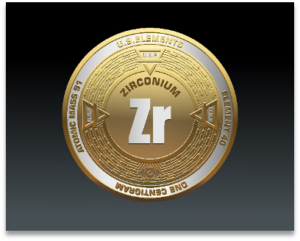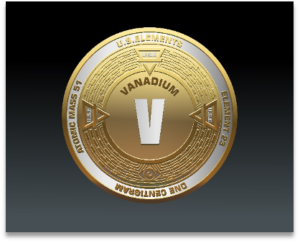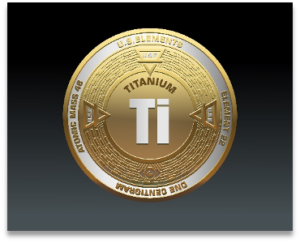Tungsten holds the highest melting point of any metal, a staggering 3,422°C (6,192°F), making it indispensable for high-temperature applications in aerospace, defense, and industrial manufacturing. As we conclude our Critical Minerals Series with this fiftieth installment, we highlight Tungsten’s vital role in securing America’s technological and military advantage while addressing the vulnerabilities in its supply chain.
Why the U.S. Needs It
Tungsten’s extreme hardness and heat resistance make it essential in high-stress environments such as jet engines, armor-piercing ammunition, and electrical applications. It is also used in radiation shielding, cutting tools, and wear-resistant coatings. The U.S. Department of Defense classifies Tungsten as a critical material due to its necessity in national security and energy sectors.
Where It’s Found Domestically
Despite its importance, the U.S. has minimal active Tungsten mining. Historically, small deposits exist in states like California, Colorado, and Nevada, but commercial-scale production has dwindled. Instead, the U.S. relies heavily on recycling and strategic stockpiles to meet demand.
Economic Realities
Tungsten’s price fluctuates based on global supply and demand, with China controlling over 80% of the world’s production. The U.S. imports nearly all of its Tungsten, primarily from China, Russia, and Vietnam, exposing the nation to significant supply risks. Increasing domestic exploration and alternative sourcing strategies is crucial to reducing dependency.
Processing and Technological Innovations
Refining Tungsten is an energy-intensive process that involves converting raw ore (wolframite or scheelite) into ammonium paratungstate (APT) before further purification. Advances in plasma-based and solvent extraction refining techniques are improving efficiency and reducing environmental impact.
Abundance and Waste Recovery Potential
While Tungsten’s natural abundance is relatively low (about 1.25 parts per million in Earth’s crust), its high recycling potential offsets some supply constraints. Scrap Tungsten from machining industries and decommissioned military hardware serves as a valuable secondary source.
Time to Market
Developing a new Tungsten mining operation in the U.S. could take over a decade due to environmental regulations and infrastructure challenges. However, expanding existing recycling programs and reopening inactive mines could provide a shorter-term solution.
Current and Future Applications
Beyond its traditional uses, Tungsten is gaining traction in next-generation technologies. Its use in space exploration, hypersonic weapons, and fusion energy research highlights its growing significance in advanced engineering fields.
Impact on Everyday Life
From lightbulb filaments to medical imaging, Tungsten is quietly embedded in daily life. It enhances the durability of smartphone screens, strengthens drill bits for construction, and plays a key role in sports equipment like golf clubs and darts.
Consequences of Supply Shortages
A disruption in Tungsten supply could severely impact the defense sector and industrial manufacturing. The loss of this high-performance material would reduce the durability and efficiency of critical infrastructure, weakening the nation’s strategic capabilities.
Import Dependence
The U.S. imports nearly all of its Tungsten, with China being the dominant supplier. Recent geopolitical tensions and export restrictions have underscored the urgency of diversifying supply chains and bolstering domestic production capabilities.
Conclusion: Strengthening America’s Tungsten Supply
As we wrap up the Critical Minerals Series, Tungsten serves as a powerful example of why securing a domestic supply of strategic materials is paramount. Without reliable access to Tungsten, America risks losing its technological edge and industrial resilience. Investing in domestic mining, recycling, and alternative supply chains is essential to maintaining national security and economic stability.
Thank you for joining this journey through the Critical Minerals Series. The path to mineral independence is long, but with continued innovation and policy support, the U.S. can reclaim its strength in critical materials production and secure a prosperous future.







